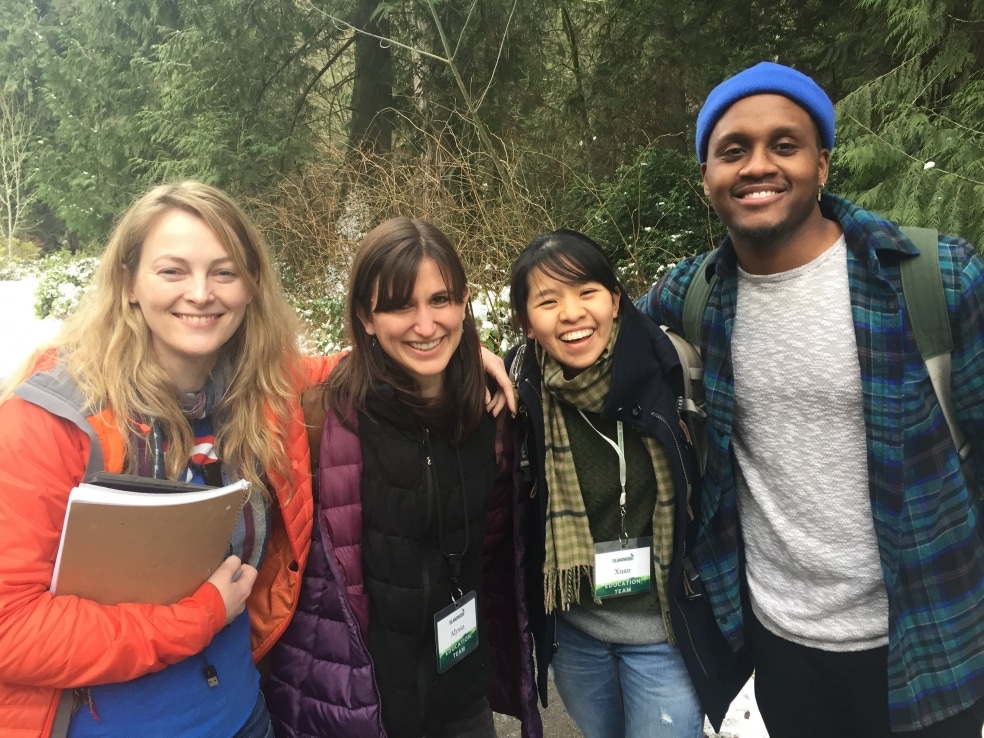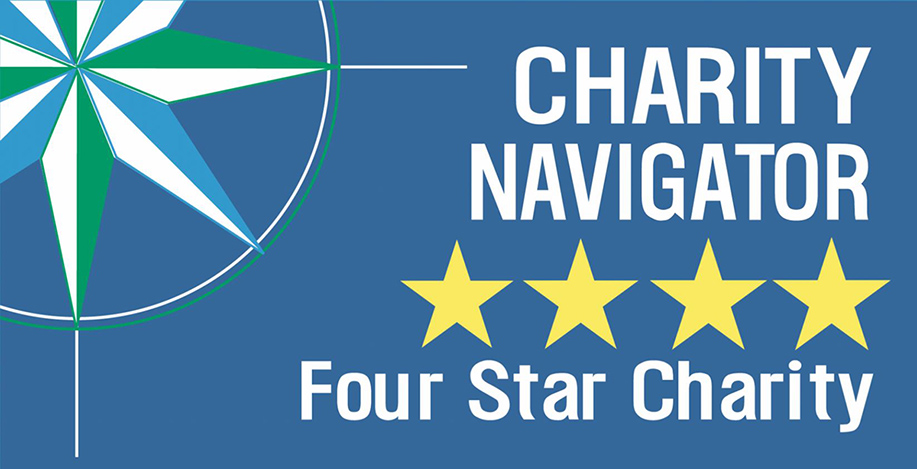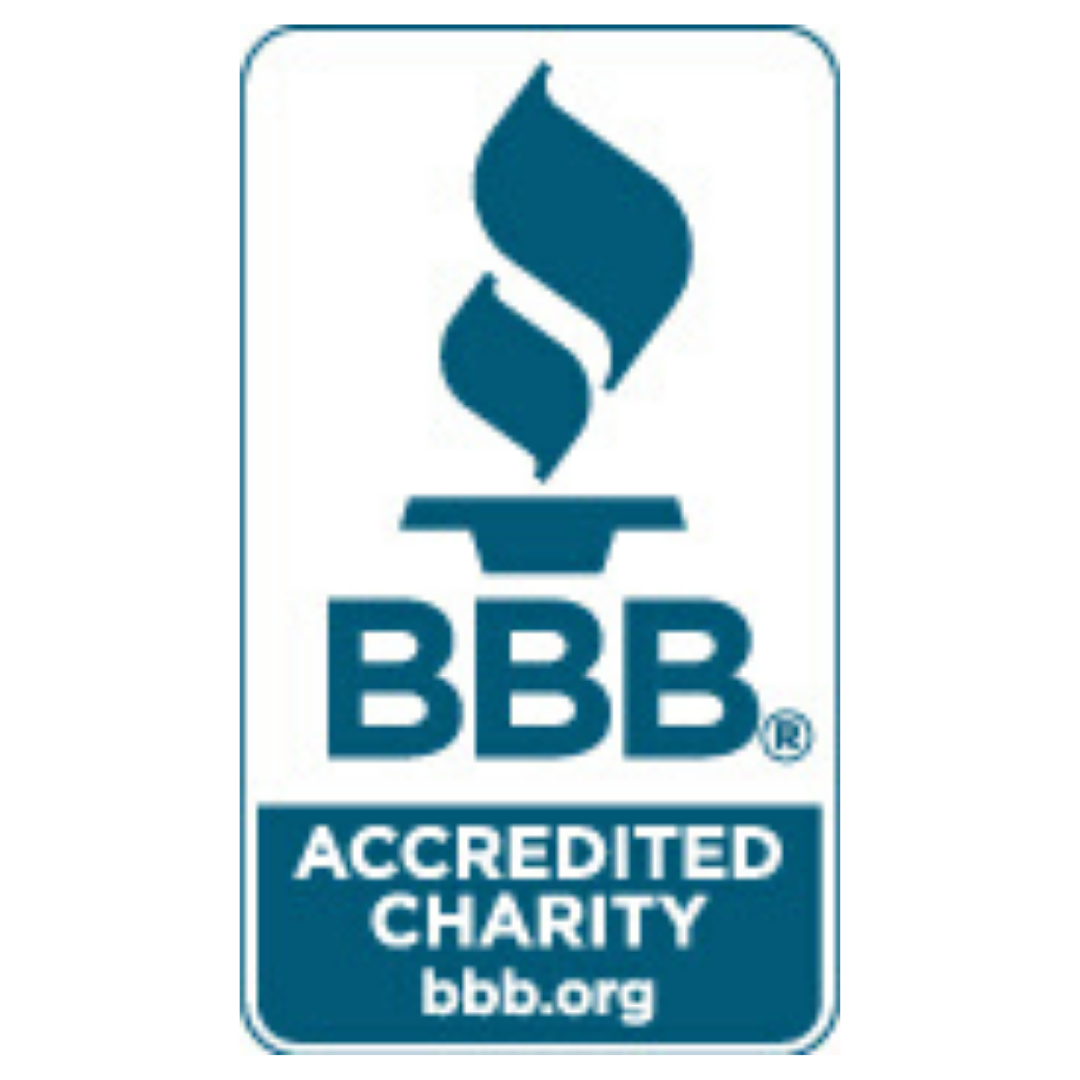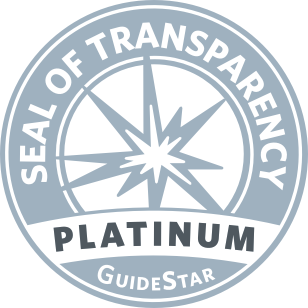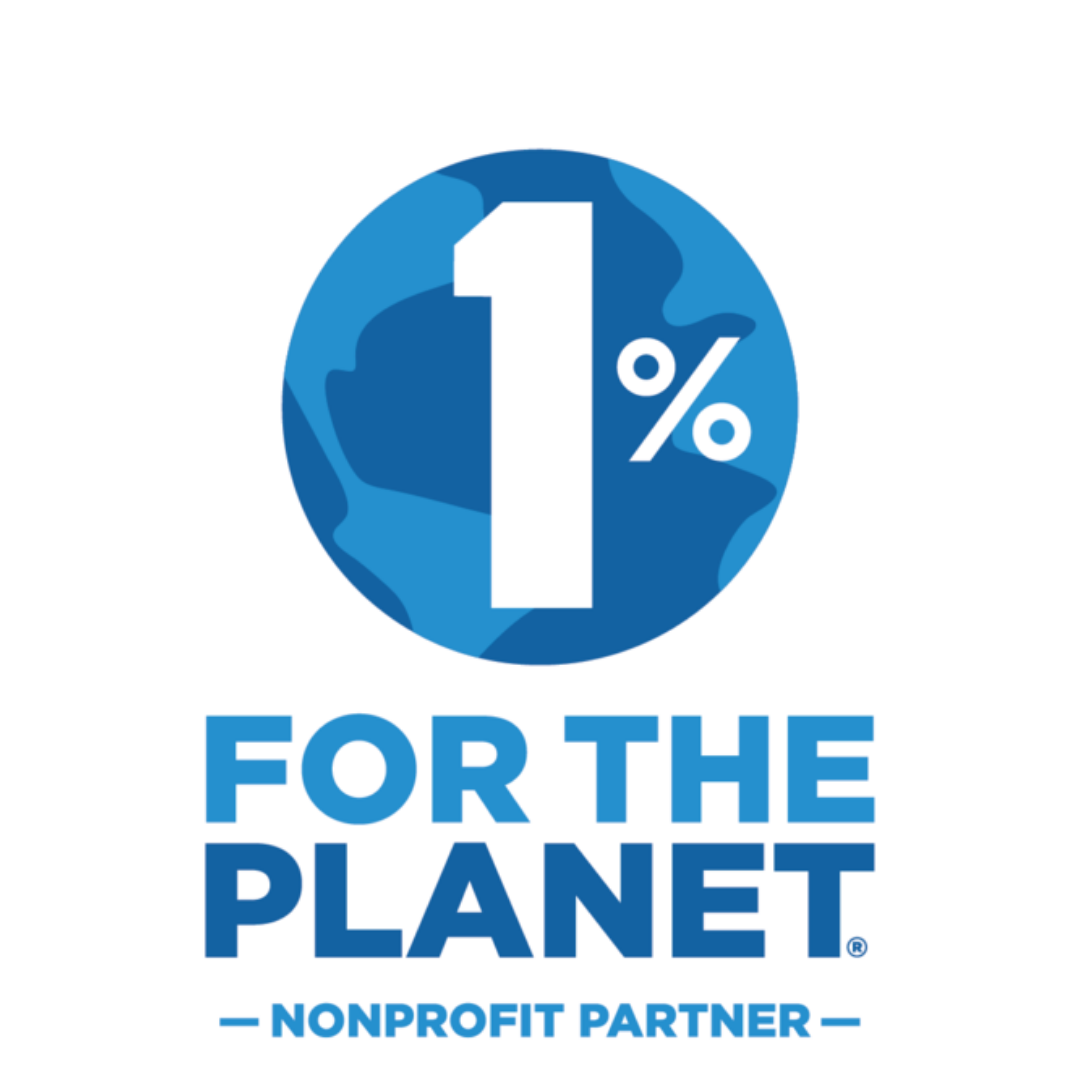In early 2021, we applied for inclusion in The Lawrence Hall of Science and Justice…
Author: Tamar Kupiec
Kelvin Washington, class of 2014, was the first Black man to attend IslandWood’s program in Education for Environment and Community (EEC). On day one, he sat in Learning Studio 105 and thought to himself, “Who’s going to get me?” He listened to his classmates talk about what they enjoyed, and no one said anything that was familiar to him. He was from Houston and Chicago. There are no mountains there. “I don’t know about rope,” he says, referring to the rock-climbing exploits of his peers. “I’m a basketball player.” He looked at the wall of class photographs in the Welcome Center and saw no one who looked like him. And yet he took to this place and the community it offered, thanks in part to IslandWood’s Ray Cramer, who not only mentored him in teaching but also helped him navigate this adopted land, one rich with possibility.
At the invitation of John Haskin, Senior Vice President for Education, Kelvin was back in room 105 this winter quarter, presenting to the Class of 2018 on teaching in diverse school communities. He spoke of the relationships with mentors, coaches, teachers, and friends that have inspired and guided him from a childhood of homelessness and gun violence to adulthood. And he spoke of a teaching philosophy rooted in building such relationships with students. He had ten months to develop them with fellow EEC grads. With his students in the School Overnight Program (SOP), however, he had only four days and three nights. “Education is a failure if you do not reach the heart of a kid,” he says. And just how does one reach a child’s heart? By being upfront and honest, by saying what needs to be said. “We can teach you,” he would say to the children in his field group. Don’t assume it, say it, he told the room full of graduate students. “This is who I am. This is what I have to offer.”
According to Ray, Senior Faculty at IslandWood, research shows that the most powerful thing a teacher can do is believe in a student until that student believes in himself, and even then, keep on believing. Four years later, Ray can still recall an interaction he witnessed between Kelvin and an African American boy in his field group. “A lot of people tell me I’m going to end up in jail like my brother,” this child said. “No. You’re not,” Kelvin said, putting a stop to any self-fulfilling prophecy. “And here’s why.” Ray observed how Kelvin, with unfaltering conviction and the authenticity of his experience as a Black man in America, was able to “challenge and create a new narrative” for this child.
Kelvin says he helped IslandWood “touch” diversity by bringing it “from information to experience.” He had the credibility that came from being Black like this child, from speaking with something more than compassion or empathy, but firsthand experience. Ray and the other graduate students could see in Kelvin’s teaching the value of diversity with all its real-life implications.
“Race matters,” Kelvin told the room full of grads, but how it matters and what it means depends on the child you are trying to reach. He shared his experience with a field group of mostly white girls who greeted him with an inauspicious question: “Are you a rapper?” They had never been alone with a Black man, their principal told him, and now they were to spend the next four days learning with Kelvin. This uncomfortable beginning gave way to squeals at Blakey Harbor from the prickle and tickle of tiny crabs crawling over their open hands and the pleasure of cool, dark garden soil spilling through the baskets of their fingers. “Can you teach like he teaches?” they asked their principal.
For Kelvin, teaching means engaging the heart and hands. The same holds true for his own education at IslandWood, where he first encountered hands-on education and stopped relying so much on visual learning: IslandWood is where he “learned how to learn.” “You see a slug, pick up the slug. You see a tree, touch the tree…Education needs to be a ‘touchy’ thing. You should be able to touch your education.” This is the kind of learning Kelvin fosters at FareStart, where he oversees the Youth Culinary Program for students in the Interagency Academy, a Seattle Schools option for teens who need support not found in traditional academic settings. Here students might follow the math of a recipe but also feel and form those measurements with their hands. And if they show up each day and on time, they earn high school credit, a stipend, work experience, and potentially a part-time job in the industry. He is giving these students the chance to succeed he almost never had, because he believes in them.
Kelvin cautioned his fellow teachers not to confuse tasks with goals. As a volunteer with Connect 180, where he works with incarcerated youth, his task is to complete his paperwork. His goal is to show the judge that there is goodness in the young person who stands before him in court. At IslandWood, his task might have been to teach the difference between abiotic and biotic. His goal was for his students to see themselves as scientists.
Jenny Cunningham, a classmate, friend, and today SOP Lead Instructor, praised his unrelenting focus on those larger goals. “Kelvin always brought heart to what he was doing and he always cared immensely about the students and that flowed over to when we had to work together as peers. It also influenced the mood upstairs in the prep room and how we all taught. He always kept his focus. ‘This is what’s important: it’s the kids, it’s not how tired I am, it’s not how much homework I have to do,’ and that was a nice reset emotionally for a lot of people.”
Kelvin also brought to light bias in some of IslandWood’s practices. Jenny recalled an EEC icebreaker in which they were asked to name their favorite travel destination. She and Kelvin felt like outsiders as they listened to their classmates name unseen, foreign countries. The activity looks very different today: inclusive and perhaps even more fun. “Here’s the world,” the facilitator might begin, gesturing at the ground as if it were a map. “If this is the US, here is Washington. Over there is Texas and Europe and China…Now stand where you imagine your birthplace to be and talk to the person closest to you.” The students are then asked to move to the place they would most like to visit, and the conversations begin anew.
Kelvin is still pushing the conversation. He’ll be back later this year to give a presentation in Ray’s teaching practicum. Yes, race matters, as does faith in a child’s promise and an insistence on reaching that child’s heart. All this bears repeating.
Please note that this post was last updated on 5/1/2018. Some details, including job title or place of employment, may have changed since then.

